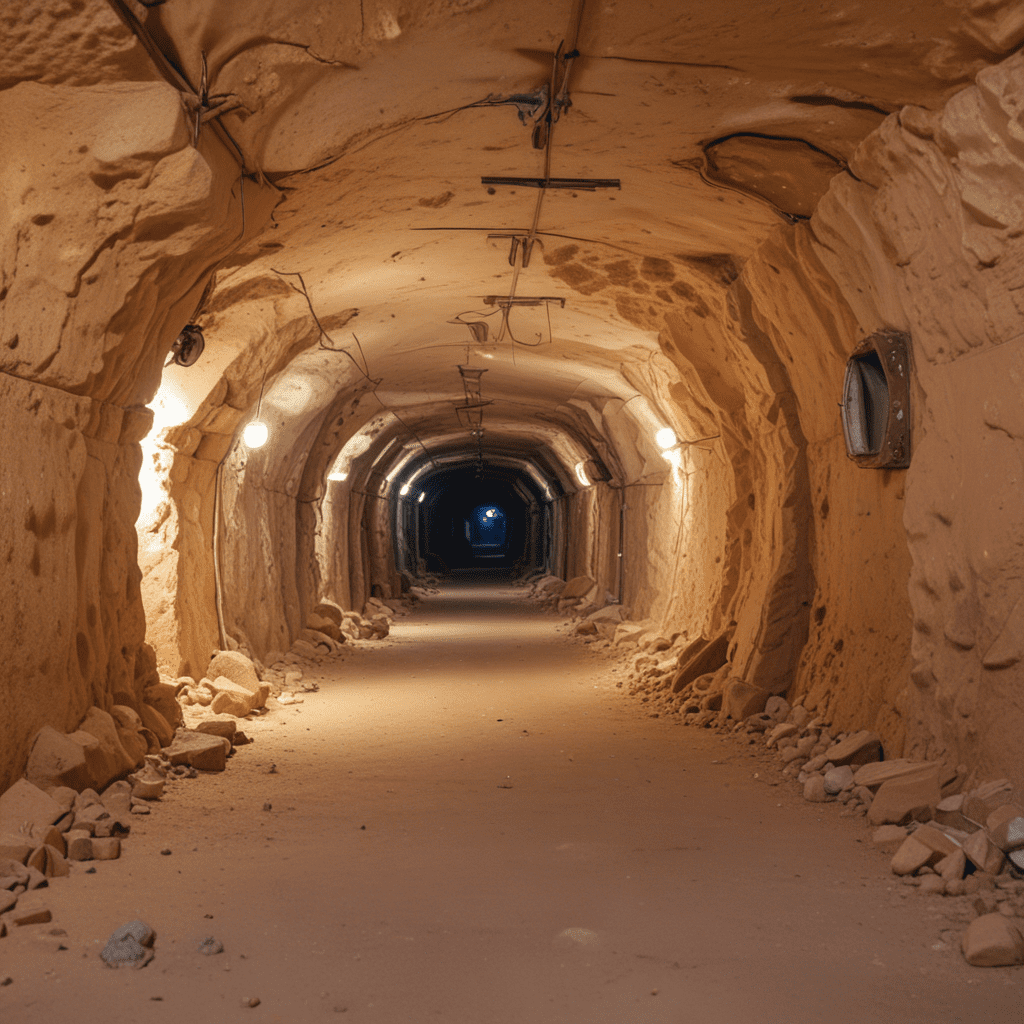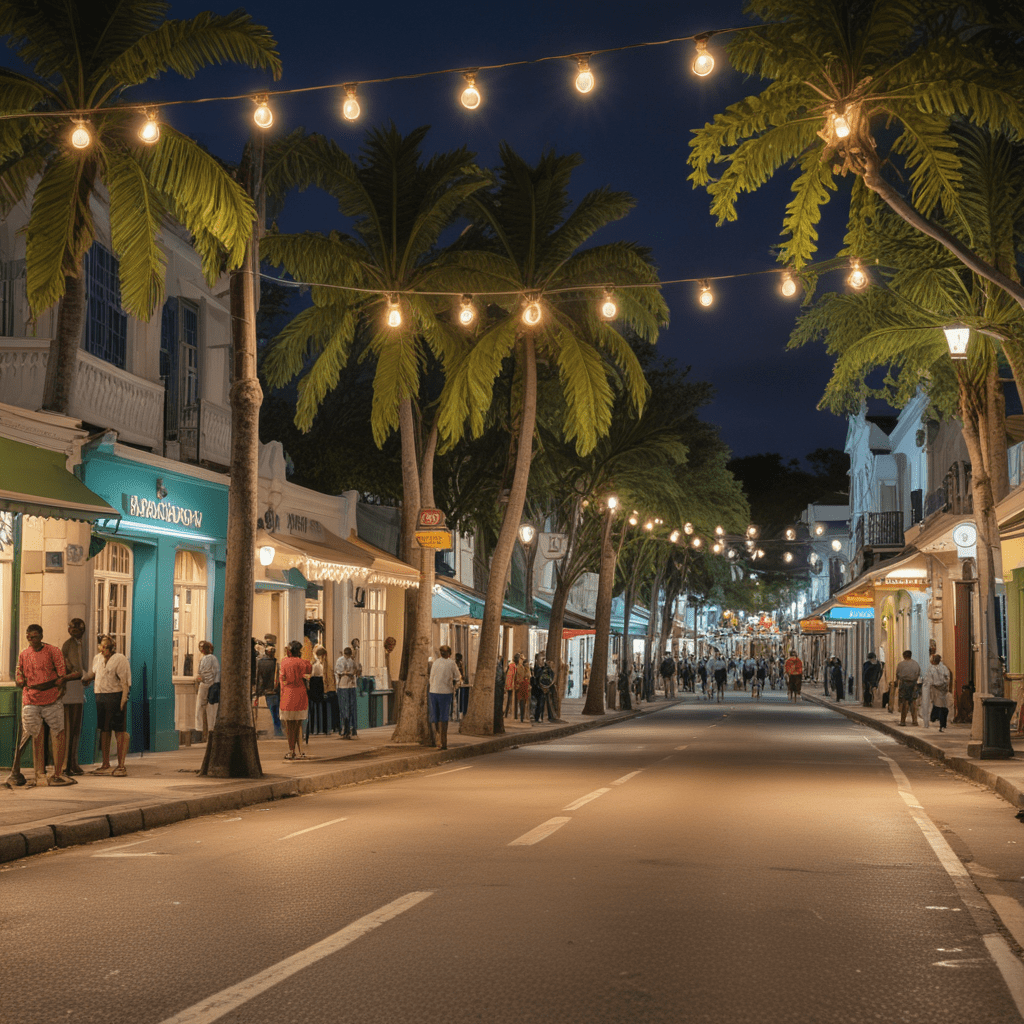Introduction: The Enchanting Haor Wetlands
Nestled in the heart of Bangladesh, the Haor Wetlands emerge as a mesmerizing tapestry of aquatic landscapes. Spanning vast expanses of northeastern districts, they encompass an intricate network of rivers, canals, lakes, and marshlands, forming a natural wonderland that captivates visitors and researchers alike. These wetlands play a vital role in shaping the ecological and cultural fabric of Bangladesh, showcasing the country's rich biodiversity and supporting livelihoods across generations.
Geography and Location: A Vast Aquatic Realm
The Haor Wetlands encompass an area of approximately 2.5 million acres, spreading across the districts of Sylhet, Sunamganj, Netrokona, Moulvibazar, and Kishoreganj. This dynamic aquatic realm is characterized by its vast expanse of interconnected water bodies, which include over 50 major haors (large wetlands) and numerous smaller ones. The wetlands are fed by a complex hydrological system that involves the convergence of several rivers, including the Kushiyara, Surma, and Meghna, creating a rich mosaic of aquatic habitats.
Hydrological Regime: Seasonality and Water Dynamics
The Haor Wetlands exhibit a distinct seasonal water regime influenced by monsoon patterns. During the monsoon season from May to October, the wetlands swell with water, transforming the landscape into a vast expanse of interconnected lakes. The depth of water can reach up to several meters, creating an ideal habitat for various aquatic species and supporting a lush growth of floating vegetation. As the monsoon subsides, the water gradually recedes, exposing vast areas of land that are used for agriculture and grazing. This seasonal cycle plays a crucial role in shaping the ecological processes and ecosystem dynamics of the Haor Wetlands.
Ecological Importance: Biodiversity Hotspot
The Haor Wetlands serve as a vital habitat for a diverse array of flora and fauna, contributing to Bangladesh's rich biodiversity. The wetlands support numerous fish species, including the critically endangered Ganges River dolphin, making them an important conservation area. Additionally, the wetlands are home to a wide range of reptiles, amphibians, and birds, including migratory species that visit during the winter months. The diverse vegetation communities, including floating and submerged aquatic plants, provide food and shelter for many aquatic organisms, contributing to the overall productivity of the wetlands.
6. Cultural Significance: Heritage and Tradition
The Haor Wetlands hold immense cultural significance for the local communities who have lived in harmony with these wetlands for centuries. The wetlands provide a source of livelihood, transportation, and recreation, shaping the cultural traditions and practices of the people. Fishing, boating, and agriculture are integral parts of daily life, and the wetlands serve as a communal space for gatherings, festivals, and cultural events. The unique way of life in the Haor Wetlands has fostered a rich cultural heritage that is passed down through generations.
7. Economic Importance: Livelihoods and Resources
The Haor Wetlands play a vital role in the local economy, providing livelihoods for a significant portion of the population. Fishing is the primary source of income for many families, with the wetlands supporting a wide variety of fish species. Agriculture is also practiced in the wetlands, with farmers utilizing the fertile soil during the dry season to cultivate crops such as rice, jute, and vegetables. The wetlands also provide resources such as reeds, water hyacinth, and other aquatic plants, which are used for construction, handicrafts, and other purposes.
8. Threats and Challenges: Balancing Conservation and Development
The Haor Wetlands face a number of threats and challenges, including habitat loss, pollution, and climate change. Urbanization and agricultural expansion have led to the conversion of some wetland areas, reducing the overall size and connectivity of the wetlands. Pollution from agricultural runoff, industrial effluents, and domestic waste also poses a significant threat to the water quality and ecosystem health of the wetlands. Climate change is expected to exacerbate these challenges, with rising temperatures and altered precipitation patterns potentially impacting the water regime and biodiversity of the wetlands. Balancing conservation efforts with sustainable development is crucial for preserving the ecological integrity and economic value of the Haor Wetlands.
9. Conservation Efforts: Preserving a Natural Treasure
Recognizing the ecological and cultural importance of the Haor Wetlands, several conservation initiatives have been undertaken to protect and manage these valuable ecosystems. The Government of Bangladesh has designated some areas of the wetlands as protected areas, including the Tanguar Haor Wildlife Sanctuary and the Hakaluki Haor Wildlife Sanctuary. Non-governmental organizations and international conservation agencies are also working with local communities to promote sustainable practices, reduce pollution, and raise awareness about the importance of wetlands conservation.
10. Tourism Potential: Unveiling the Wetlands' Charm
The Haor Wetlands offer immense tourism potential due to their unique natural beauty, cultural heritage, and biodiversity. The wetlands provide opportunities for various tourism activities, including birdwatching, boating, fishing, and cultural immersion. Tourism can provide an additional source of income for local communities while also raising awareness about the importance of wetland conservation. Sustainable tourism practices are essential to minimize the environmental impact and ensure the long-term preservation of the Haor Wetlands.
FAQ
Q: What is the best time to visit the Haor Wetlands?
A: The best time to visit the Haor Wetlands is during the dry season from November to April, when the water levels are lower and the weather is more pleasant.
Q: What are some of the must-see attractions in the Haor Wetlands?
A: Some of the must-see attractions in the Haor Wetlands include the Tanguar Haor Wildlife Sanctuary, the Hakaluki Haor Wildlife Sanctuary, and the Netrokona Haor.
Q: What are some of the activities that visitors can enjoy in the Haor Wetlands?
A: Visitors to the Haor Wetlands can enjoy a variety of activities, including birdwatching, boating, fishing, and cultural immersion.
Q: What are some of the challenges facing the Haor Wetlands?
A: Some of the challenges facing the Haor Wetlands include habitat loss, pollution, and climate change.
Q: What are some of the conservation efforts being undertaken to protect the Haor Wetlands?
A: Some of the conservation efforts being undertaken to protect the Haor Wetlands include designating protected areas, promoting sustainable practices, and raising awareness about the importance of wetlands conservation.


